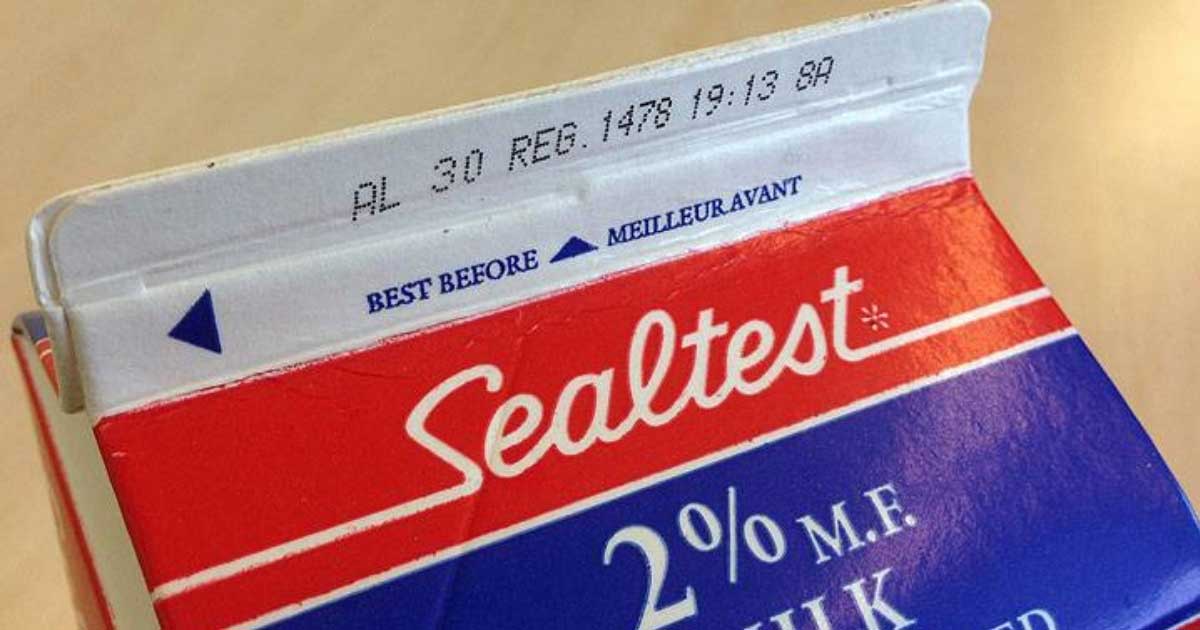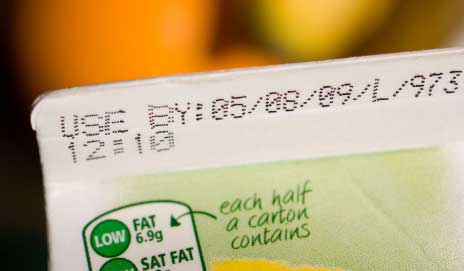If you’ve ever had food poisoning, you probably pay close attention to food expiration dates. I absolutely hate throwing away food and wasting food, but if I notice that a meat or dairy product is a day or two past its expiration date, I’m quick to throw it out. However, have you noticed that in addition to expiration dates, there are also “sell by”, “best before” and “use by” labels? If you’re wondering what it all really means, we’ll help.
Due to the confusion surrounding the different forms of expiration dates, the Food Marketing Institute and the Grocery Manufacturers Association announced that they have implemented more standardized expiration date labels. From now on, most foods will be limited to only two labels: “best before” and “best before”.

So what do these two labels mean? The “best before” statement applies to the few products that are highly perishable and/or pose a food safety concern over time; these products should be consumed by the date indicated on the package – and disposed of after that date. Finally, the “best before” statement describes the quality of the product, meaning that the product may not taste or perform as expected, but is safe to use or consume. That clarifies things a bit, doesn’t it?
“Eliminating confusion for consumers by using a common wording for the product date is a win-win, because it means more products will be used instead of mistakenly thrown away,” says Jack Jeffers, vice president of quality at Dean Foods, who led the GMA’s work on this issue. “It’s better for these products to stay in the kitchen – and not end up in the landfill.”

There you go, folks! The next time you’re wondering if the food you’re about to eat is safe or not, these simplified labels should be able to tell you. Here’s to less food waste!










